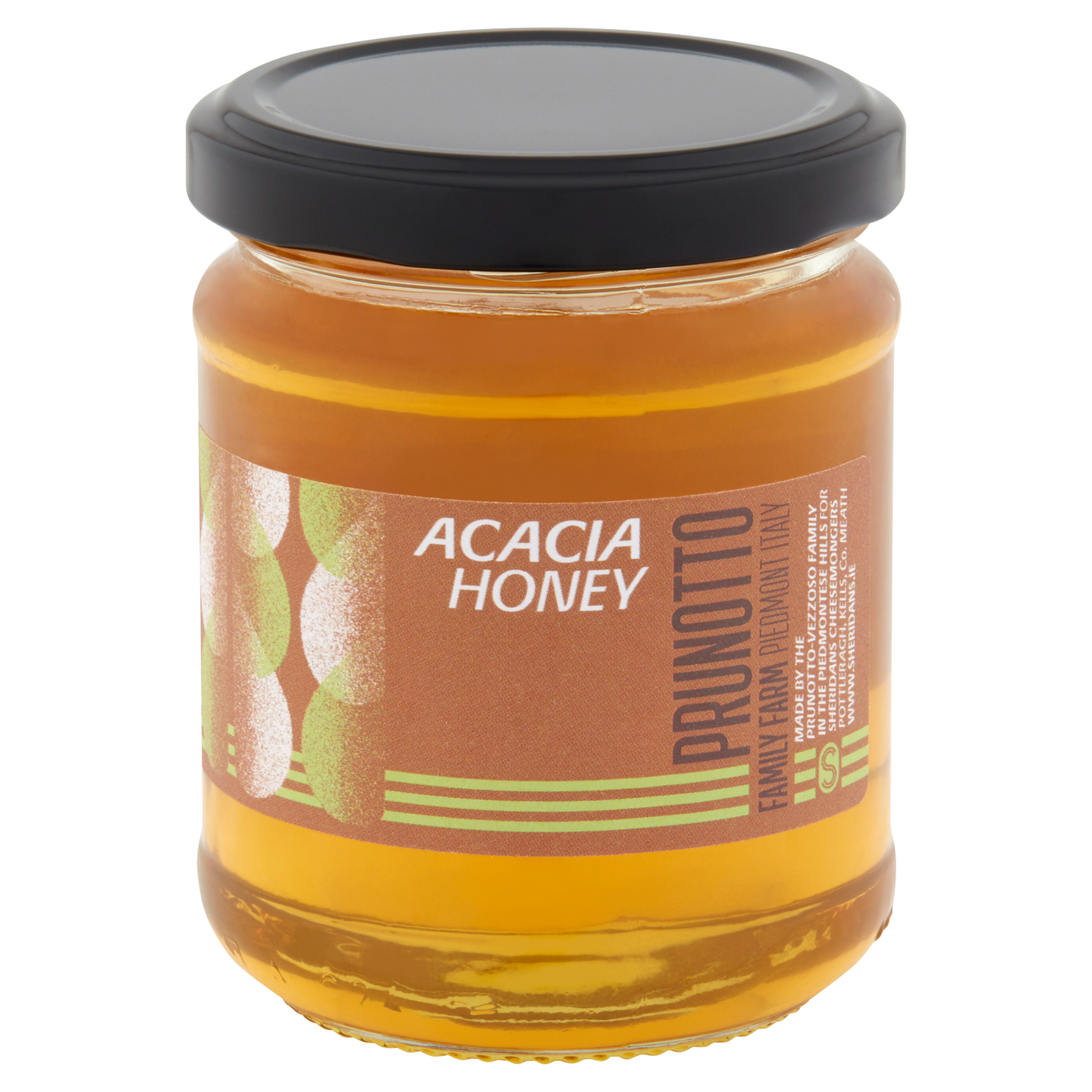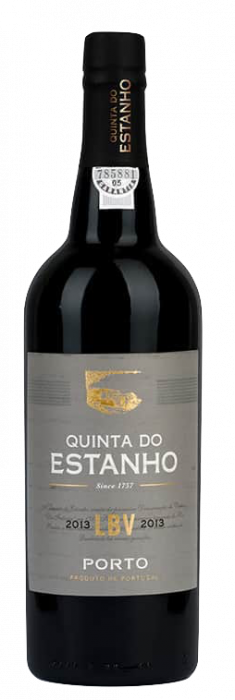Subtotal: €16.50
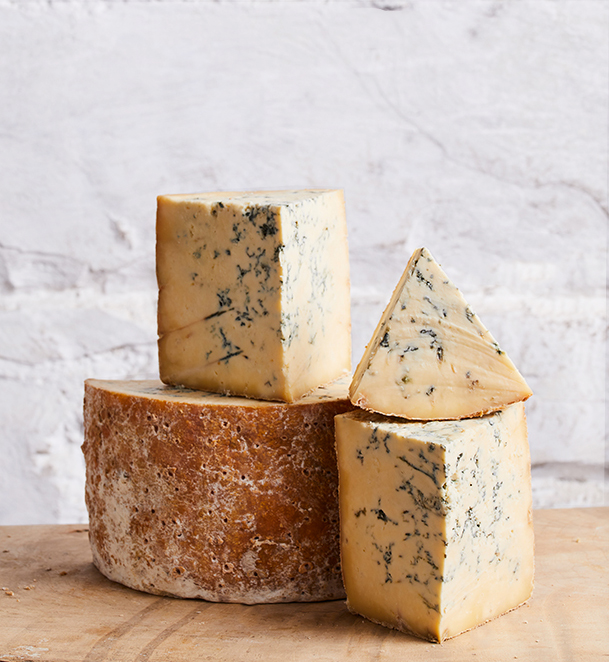
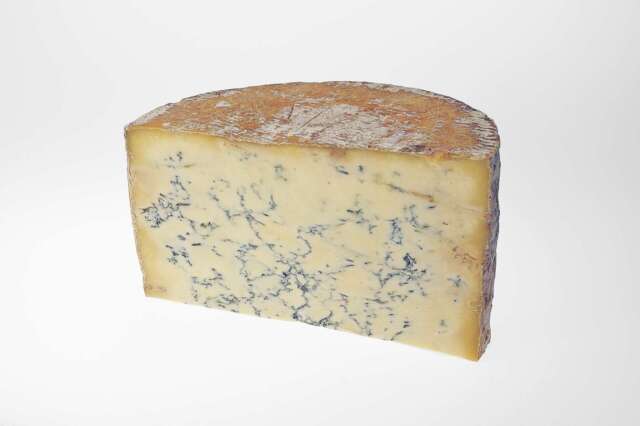
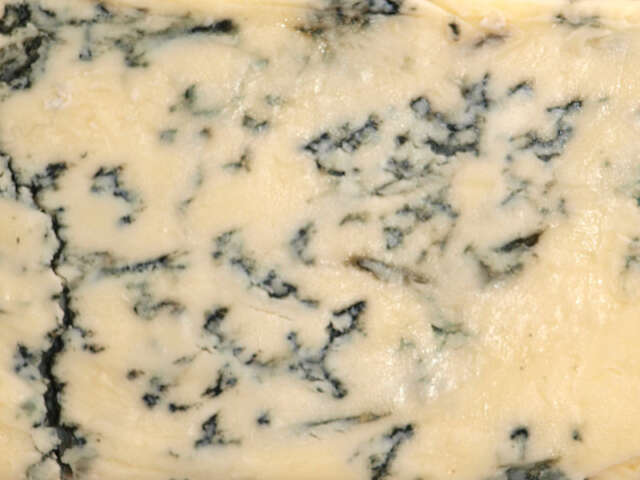
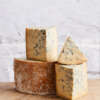
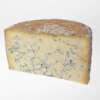
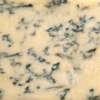
Colston Basset Stilton
About This Cheese
Traditional finest blue Stilton with a balanced creamy, fruity, bold flavour. Made by Colston Bassett Dairy in Nottinghamshire, England. Colston Bassett Stilton is quite simply one of the world’s great cheeses.
€5.90 – €54.00
TypeBlue, Semi-firm
Rennetvegetarian
RegionEngland
Producercolston bassett dairy
Milkcow
Rindnatural
Story
Alongside Cheddar, Stilton is the best known of all English cheeses. Unlike Cheddar, however, Stilton’s name protected status has prevented the proliferation of imitators which has blighted the image of cheddar as a quality, artisanal cheese. This is primarily because of the establishment of the Stilton Makers’ Association in 1910, a body designed to protect local cheesemakers from outside competition. One of its first acts was to register Stilton as a trademark and limit production to the Midland counties of Derbyshire, Nottinghamshire, and Leicestershire. In 1967 the Association rewrote their definition of Stilton. Whilst the definition gave very clear guidelines on what type of cheese could be called Stilton, how and where it should be made etc, it did little to define minimum standards of quality. Only eight dairies are permitted to manufacture Stilton today.
To make Stilton, it takes 72 litres of milk to make a standard 6.5kg wheel. The milk is pasteurized upon arrival at the dairy- all Stilton has been pasteurized since 1990- it is then cooled to 30 degrees and put into vats. Here starter and penicillum roqueforti, the blue mould culture are added. Vegetarian rennet is then used to set the curds, which are cut an hour later. The mixture is then left to settle, thus allowing the curds to separate from the whey. The whey is drained off and the curds are ladled into trays for the night.
The next day the curd is milled, salted, mixed and placed into hoops. The curd drains in the hoops for a further five days, after which time the curd has drained and solidified sufficiently to allow the cheese moulds (hoops) to be removed. The surface of the cheese is then rubbed over with a knife, thus smoothing the exterior and facilitating the later development of a natural rind. The cheese is then aged for 20 days to allow the surface to dry out. By the end of this period it is ready for the maturing room.
The young Stilton is kept in the maturing room for around six weeks. Towards the end of this period the cheese is pierced with long stainless steel needles at regular intervals around its circumference. This allows air to come in contact with the penicillum roqueforti and lets the cheese develop its latent blue potential. As the blue culture reacts to air it is concentrated along the lines left by the needles, thus giving Stilton its characteristic blue veining. The cheeses are given a second piercing about a week later, at which point they are ready for sale.
Producer
Colston Bassett Dairy was established as a local farmers cooperative in 1913 with the specific intention of making Stilton. The dairy makes every effort to keep all aspects of production as close to traditional practices as possible. This is reflected in the fact that the dairy has had only three different cheesemakers since its inception in 1913.
Goes Well With
FAQs
View All Cheese Related FAQsNutritional Information
Ingredient: Pasteurised whole cows milk, Penicillium roqueforti, Mesophilic Lactic Forming Culture, Rennets, Salt.
Nutrient per 100g
Energy kJ 1701
Energy kCal 410
Protein 23.7
Carbohydrate 0.1
of which sugars 0.1
Fat 35.0
of which saturates 23.0
Fibre 0
Sodium 0.8
Salt equivalent 2.0




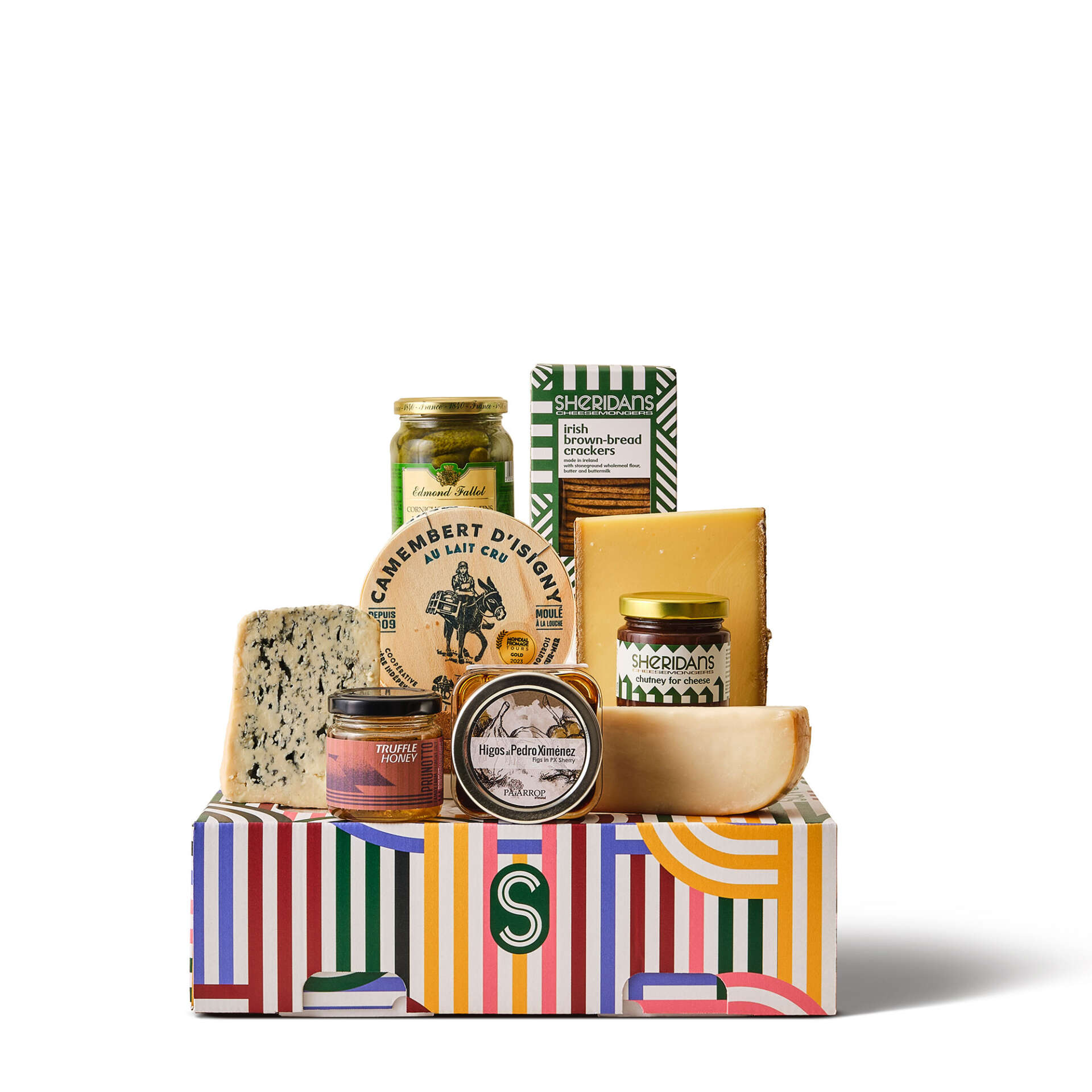


 Carrickfern Honey 225g
Carrickfern Honey 225g 


